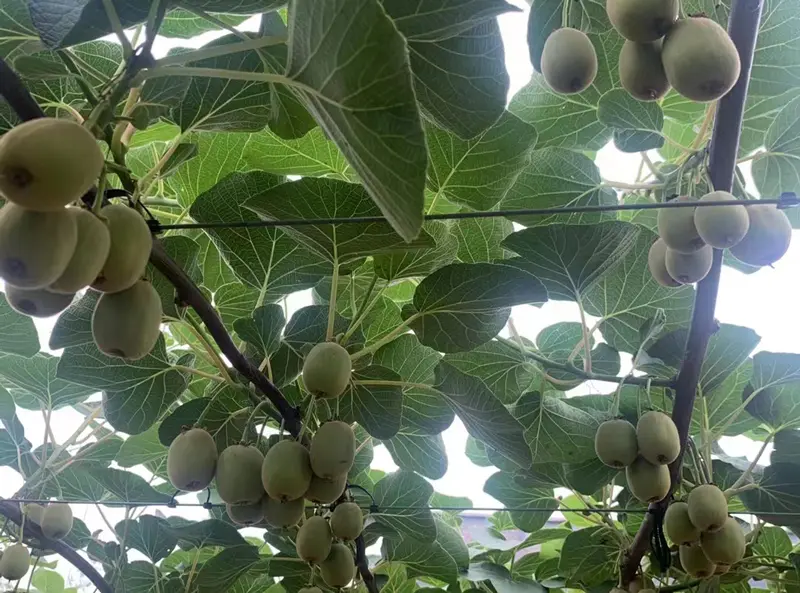Srp . 13, 2024 14:26 Back to list
Do Pear Trees Require Additional Pollinators for Optimal Fruit Production and Growth
Understanding the Need for Auxiliary Pollination in Pear Trees
Pear trees are cherished for their delicious fruit and beautiful blossoms, making them a popular choice for gardeners and commercial fruit growers alike. However, to ensure a bountiful harvest, understanding the role of pollination, particularly auxiliary pollination, is crucial. This article delves into whether pear trees need auxiliary pollination and explores the importance of pollinator diversity in the growth and productivity of pear orchards.
The Basics of Pear Tree Pollination
Pear trees (Pyrus spp.) are primarily self-incompatible, meaning they cannot successfully fertilize their flowers without genetic material from another pear tree. This characteristic necessitates cross-pollination, where pollen from one tree fertilizes the flowers of another. While some pear varieties can produce fruit with minimal external pollen assistance, most benefit significantly from the presence of compatible pollinators.
The Role of Auxiliary Pollination
Auxiliary pollination refers to the use of additional pollinators—either human-assisted or through natural means—to enhance the pollination process. For pear trees, this often involves planting multiple varieties that bloom simultaneously, which can support the overall pollination process. In addition to traditional bee pollination, auxiliary methods can include managed pollinators, like bumblebees, or even human intervention in some cases.
Importance of Pollinator Diversity
Diversity among pollinators is essential for maximizing pear yields. Different pollinators contribute to various aspects of the fertilization process, and the presence of multiple species can decrease the risk of poor weather conditions adversely affecting pollination. For example, during a rainy spell, the activity of bees may decline. However, having a variety of other pollinators, such as flies or beetles, can still facilitate the transfer of pollen.
Moreover, certain pear varieties are known to be more appealing to specific pollinators. Therefore, planting a mix of different cultivars can attract a broader range of pollinators, enhancing the overall pollination efficiency. For optimal results, it is recommended to plant at least two different pear varieties within proximity to promote effective cross-pollination.
do pear trees need auxiliary pollination manufacturers

Strategies for Encouraging Pollination
To enhance auxiliary pollination in pear orchards, growers can implement several strategies
1. Diverse Planting As previously mentioned, planting various pear tree cultivars that bloom simultaneously ensures that pollinators have ample options when foraging.
2. Supporting Native Pollinators In addition to honeybees, native bee populations can significantly impact pollination. Creating habitats, such as wildflower strips and avoiding pesticide use, can help sustain these crucial pollinators.
3. Managed Pollination Introducing managed pollinators, such as bumblebees, can further enhance pollination. Growers can create nesting habitats and provide food sources to attract them.
4. Monitoring Conditions Regularly assessing weather conditions and ensuring there are no hindrances for pollinators during peak blooming times is vital for successful fruit set.
Conclusion
The importance of auxiliary pollination in pear trees cannot be overstated. As self-incompatible species, these trees rely heavily on cross-pollination to yield fruit. By promoting biodiversity among pollinators and employing various strategies to facilitate pollination, orchard owners can enhance productivity and ensure a fruitful harvest. Understanding and supporting the complex interactions between plants and their pollinators are essential for sustainable agriculture and fruitful pear tree cultivation in the long run. Investing time and resources in these practices will undoubtedly pay dividends in the form of lush, fruitful pear trees for years to come.
-
Eco Fruit Paper Bags for Peak Freshness | Durability Focused
NewsJul.31,2025
-
Pollen Peach Tree for Pure Pollination and High-Quality Peach Pollen
NewsJul.30,2025
-
Premium Cherry Pollen for Pure Pollination & Different Types
NewsJul.30,2025
-
Artificial Pollination Solutions for Various Plant Pollen Types
NewsJul.29,2025
-
Artificial Pollination Solutions for All Plant Pollen Types
NewsJul.29,2025
-
Premium Plant Pollen for Pure Pollination & Pollen Block Solutions
NewsJul.29,2025